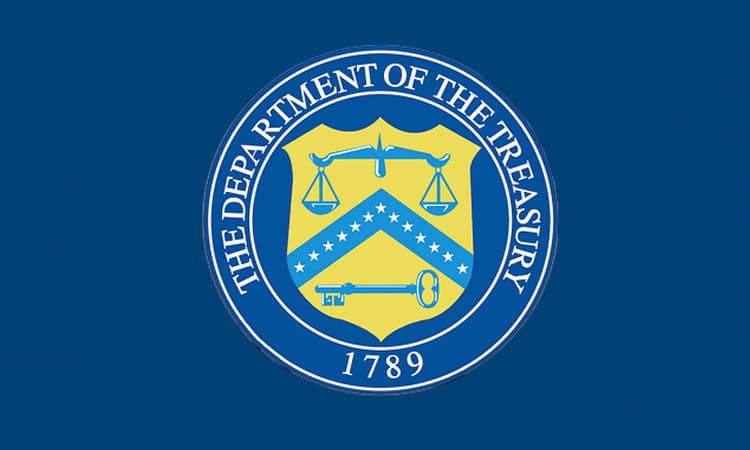Disputes between the owner, architect and contractor
In a typical construction project, the architect’s final documents are included in the contract between the client and the contractor, who must build in strict accordance with the documents and is responsible for any damage resulting from unauthorized deviations from plans and specifications.
Accordingly, the contractor provides the architect with shop drawings detailing how each part of the project will be built and requests clarification – in the form of requests for information (RFIs) – of any incomplete or inconsistent elements in the plans and specifications. The architect reviews and either approves or rejects the shop drawings and responds to the RFI. If changes are necessary, they must be incorporated into the construction documents and the owner must sign a change order authorizing the change.
This sounds simple and straightforward, but it is time consuming and can lead to schedule delays and conflicts between the contractor, architect and owner. As a result, the architect may informally agree to certain changes to the project without getting a signed change order and without making changes to the plans as quickly as necessary to prevent schedule disruptions. When this happens, the contractor often builds new projects assuming that the changes will be formalized and a change order will be signed. This process, known as working within the “gap”-the period during which the design documents do not accurately reflect the design changes and no revised order has been signed-raises three important questions:
Whether the architect or contractor will be liable if the changes are not subsequently incorporated into the construction documents and the change order is not signed;
Whether proactive contractual provisions should be included to address this potential “gap liability”; and
whether the architect and contractor should develop and implement new processes to expedite project implementation.
Gap construction is common in the construction industry. However, despite its prevalence, liability issues inevitably arise when the architect fails to integrate design changes or the owner refuses to issue a signed change order. The contractor here is in an untenable situation: if he or she fails to build during the interruption and delays in the schedule occur, the owner may require the contractor to accelerate the project, which will cost the contractor money. Depending on the severity of the delay, the contractor may not be able to meet the “basic completion” deadline for the project, and losses will begin to accumulate.
Conversely, if the contractor relies on the likelihood that the architect’s informal approval of the design changes will be sufficient and that the owner will sign the change order and continue working on the project to stay on schedule, the contractor assumes substantial liability.
The potential liability of contractors for construction during the interruption period is well documented in AIA A201 of 2017. In fact, several provisions shift responsibility for certain design work from the architect to the contractor. While the contractor does not have the ability to force the architect to make changes to the project or require the owner to execute a change order, he or she must ensure that the project is completed in a smooth and timely manner or risk liability.
This situation is often exacerbated by the architect complaining to the owner about the contractor and then, because there is no contractual relationship between the architect and the contractor, the latter seeks the owner’s assistance in securing cooperation from the former. Moreover, given that Section 3.1.2 of AIA A201 (2017) requires that the contractor “perform the work in accordance with the contract documents,” the contractor’s failure to do so is a breach of contract that allows the owner to pursue all available remedies. .
Should contract provisions require the owner, architect, and contractor to cooperate and cooperate? In Dallas/Fort Worth International Airport Council v. INET Airport Systems (2016), the Fifth Circuit found that contracts in which the risk of defects is shared between the owner and the contractor may imply a duty to cooperate. Although the Fifth Circuit did not expressly extend the implied duty to architects, it could be argued that the implied duty should extend to them to facilitate cooperation among key project participants.
In this case, INET contracted with the Dallas/Fort Worth International Airport (DFW) Board to provide rooftop air conditioning units for passenger telescopes that used 30 percent ethylene glycol/water (EG/water) supplied through the DFW pipeline system. Because INET was required to notify DFW immediately of any errors or omissions in the plans or specifications, the organization expressed concern at a pre-construction meeting that the units specified in the plans might not work properly with EG/water. After receiving no immediate response from DFW, INET resubmitted the request to the architect via RFI. DFW, INET, and the architect then had extensive discussions trying to find a solution, but failed, and the problem went unaddressed.
Failure to resolve this stumbling block resulted in INET missing a significant completion date, an estimate of liquidated damages, and a lien claim. INET and DFW subsequently sued each other for, among other things, breach of contract.
In analyzing the contract, the Fifth Circuit concluded that while INET was required to review plans and specifications, assume responsibility for compatibility during construction, comply with contract documents, and notify DFW of any defects, DFW itself was required to submit change orders to correct any defects discovered by INET, and assume responsibility for correcting all design defects.
Because the contract required that all design adjustments be made with a change order, requiring the signatures of both parties, the contract impliedly imposed a duty to cooperate on both INET and DFW. Upon remand, the jury concluded that DFW breached its duty to cooperate because it “intentionally behaved in a manner that prevented [itself] and INET from coming to an agreement on how to correct the deficiencies.”
Innovative owners, architects, and contractors ultimately recognize the feasibility of implementing a tripartite cooperative agreement aimed at getting the project done on time and on budget. To ensure this, expediting project approvals will give the design team enough time to identify and resolve conflicts and make agreed-upon changes without delaying overall coordination or affecting the schedule. This requires that the owner agree to the expedited process and also agree that the contractor’s reliance on it is not a breach of their contract. While this will vary from project to project, relevant features of the tripartite agreement will likely include weekly meetings between the contractor, subcontractors and the design team to review any new design conflicts. To that end.
After completing the design agreement for a particular portion of the project, the contractor and design team will confirm completion of the review and necessary changes by email with a “read notice” to indicate mutual agreement that conflicts have been resolved, even if changes have been made. not yet made to the design documents. If the owner, contractor or architect does not dispute the emailed information within a certain number of days, the parties are deemed to have accepted the submitted design change, and the design changes will be treated as amendments to the contract documents.
To formalize the design changes, the contractor will prepare and send a spreadsheet to the architect and owner indicating the status of such changes. Thus, in the absence of written opposition from the owner or architect, the contractor can rely on the accuracy of these design changes and refine the shop drawings accordingly and proceed with the fabrication of materials. Under this arrangement, three-way communication and collaboration will not only be improved, but also be done in real time. Moreover, the contractor and architect will thus abandon a confrontational relationship in favor of interactions that benefit their mutual client, the owner.
This is not the only mechanism for dealing with the commitments and tensions inherent in a fast complex commercial project. Nonetheless, it is a reminder that when there are real problems in current documentation and other practices, it is our job as consultants to think creatively and try to develop reasonable solutions that best serve the respective interests of our clients.








